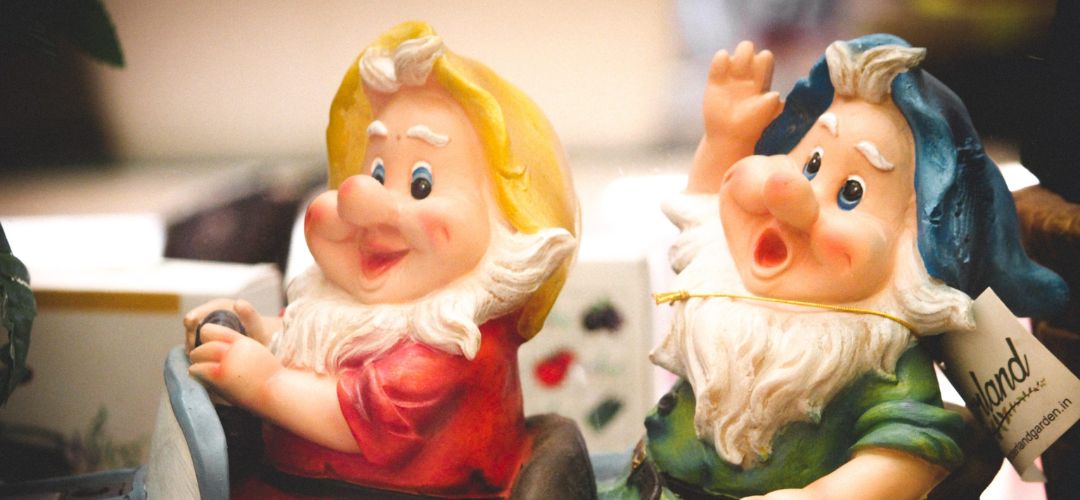41Views
A small obsession: Why do we love miniature things?

From microscopic ponies to miniature games like baccarat, society is obsessed with all things miniature.
We connect cuteness to size, and the smaller something is, the higher the chances that it will be deemed sweet or cute. So why are we obsessed with everything small? The fashion, marketing, and design industry all use miniatures in one way or another, and the public seems to love it.
Experts have carried out numerous scientific studies to analyze our obsession with miniatures.
Here’s what science has to say about being drawn to all things miniature- be it a teacup pig, kitten, babies, dollhouses, or tiny figurines – it might be weird, but can science explain it?
Sense Of Control Over All Things Miniature
There’s a theory that miniature dollhouses allow their owners to create fantasy scenarios in an attempt to escape their own lives. When living in a chaotic or problematic household with absent parents, children may find comfort in controlling their own little family where those issues do not exist.
Dollhouses are often used by psychologists when treating younger patients that are dealing with serious issues.
Nurturers by Nature
One of the originators of ethology in 1943 proposed a theory as to why we feel the need to comfort and care for things that look ‘cute.’
Nobel laureate Konrad Lorenz’s theory states that characteristics deemed ‘baby like’ such as a rounded head, petite build, and big eyes will promote parental care.
The theory is that these features’ response enhances a living creature’s chances of survival and is a fundamental function of human social cognition.
1000 Miniature Things to Make at Home
We say the same about specific auditory and olfactory cues. Baby laughter or the smell of a new baby or puppy’s yelp can prompt a greater need for affection or caregiving.
There has been some research done that hypothesizes that we perceive cute things smaller than they are. We can see this theory in action when observing a mother and her children.
Mothers misperceive their youngest children as much smaller than they are, an illusion that more often than not results in the youngest receiving more resources and care than their siblings.
It’s All In The Details
Just because it’s smaller doesn’t mean it lacks detail. Miniatures are compact and have to condense all of the intricate visuals into minimal space, making them highly appealing to our senses.
Research has shown that the human eye draws to areas or objects that hold the most information. We can say the same about touch and the urge to understand a detailed surface by touching it.
In a nutshell, we can put down our attraction to miniatures to the human sensory-seeking brain and its love for a stimulating scene.
The Urge To Care for Tiny Things
Cuteness motivates humans to protect and show affection, resulting in a gentle and caring approach. Experts did a fascinating study in 2009 that proves this theory.
Participants of the study took part in a game of Operation (pretend surgery game). Half of the test subjects were shown images of puppies and kittens before the game.
Those that viewed the photos performed better than those who did not. Hiroshi Nittono and his colleagues and the Hiroshima University in Japan further investigated this theory.
They discovered that cuteness would improve our performance in situations where accuracy and care are needed. For example, we will treat them more delicately when handling tiny furniture as we associate their cuteness with breakability.
The Helplessness
Babies tend to receive a lot of attention for their cuteness. Is it all to do with their helplessness?
Smaller objects tend to pose less of a threat due to their size. When something is smaller or considered miniature, we tend to feel less threatened by them.
Thinking this way is a crucial element when trying to decide whether something is cute or not. By calling it cute, you immediately deem the item as non-threatening.
This mindset is harmless most of the time unless you’re dealing with the big-eyed, blue-toed frog known as the poison-dart frog!
Once a Kid Always a Kid
Cuteness is not limited to living creatures. Inanimate objects such as toys often receive a lot of attention too. The teddy bear has evolved over the years and has become a lot more baby-like and cute-looking.
We deem miniatures to be cute because we connect them with toys and child play. We also consider small children as ‘cute,’ resulting in these items being considered ‘cute’ just by association.
There is the odd occasion where bigger objects will be considered cute, but mainly because it is a large version of the small item. Some view a human-sized teddy bear with baby-like characteristics to be more appealing than a normal-sized one.
Are we all still pining for our long-gone childhoods? Do miniatures remind us of simpler times when we viewed the world through rose-tinted glasses?
Maybe science has answered all of your questions, or perhaps you have your reasons for loving all things miniature.



